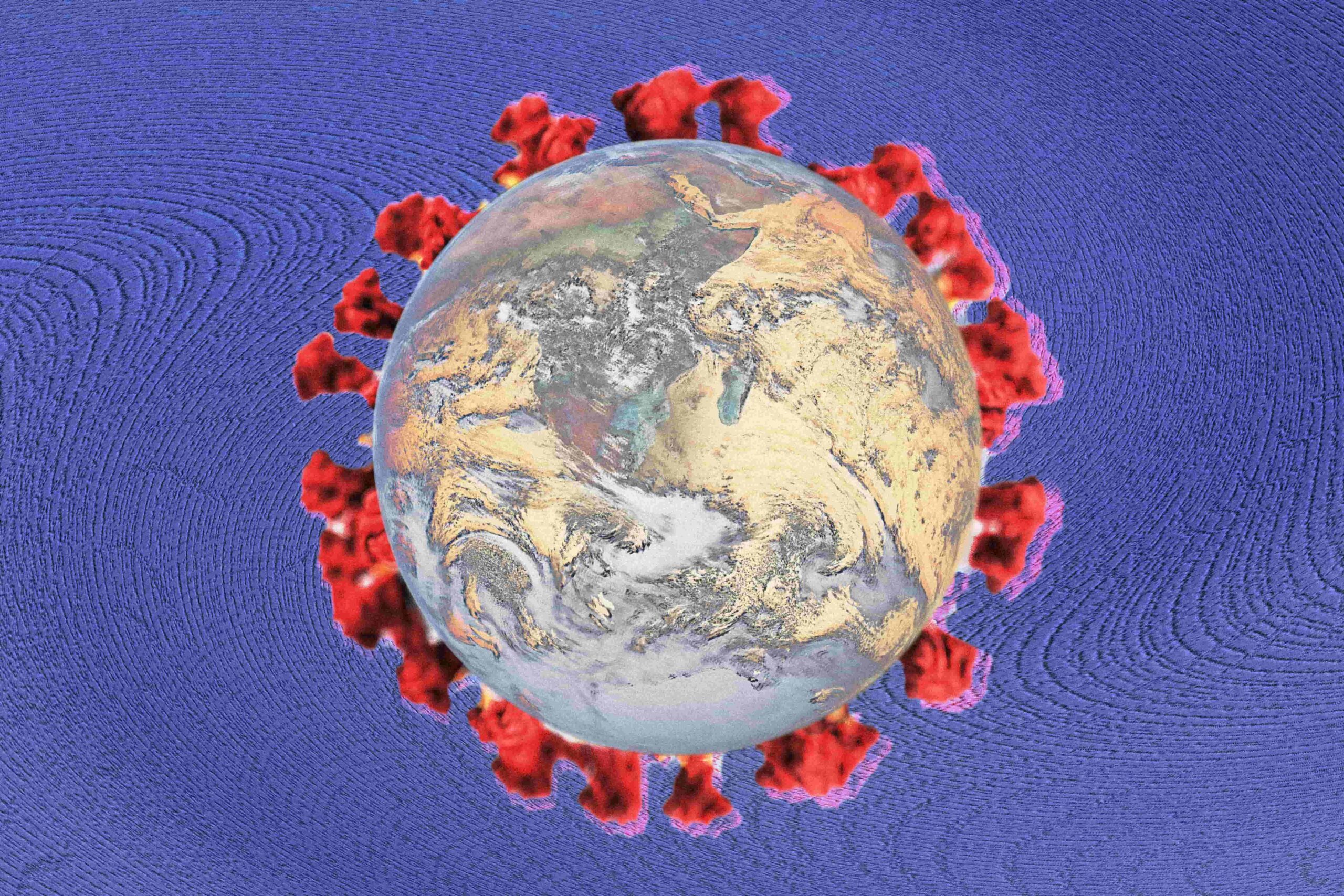

Reduce workplace incidents by autonomously identifying PPE non-compliance with Monitor and Alert
With the current fast-paced development ecosystem and increased labor protection laws, monitoring the use of Personnel Protective Equipment’s (PPEs) has developed into an indispensable task for industries operating in hazardous environments.
Computer Vision combined with Machine Learning can automate the process of monitoring PPE compliance. Existing CCTV’s can be integrated with Artificial Intelligence that use the concept of Bounding Boxes to autonomously identify personnel who are not using or improperly using PPEs.
Edge computing systems enable real-time monitoring of PPE compliance with respect to the work environment and can send signals to the Safety and Maintenance department in case of any PPE violations.
The data collected and stored in cloud-based, or edge devices based on organizational needs can be used for audit purposes and to generate reports automatically using Business Intelligence tools. The technology aids in the reduction of down-time and legal expenses stemming from PPE non-compliance.